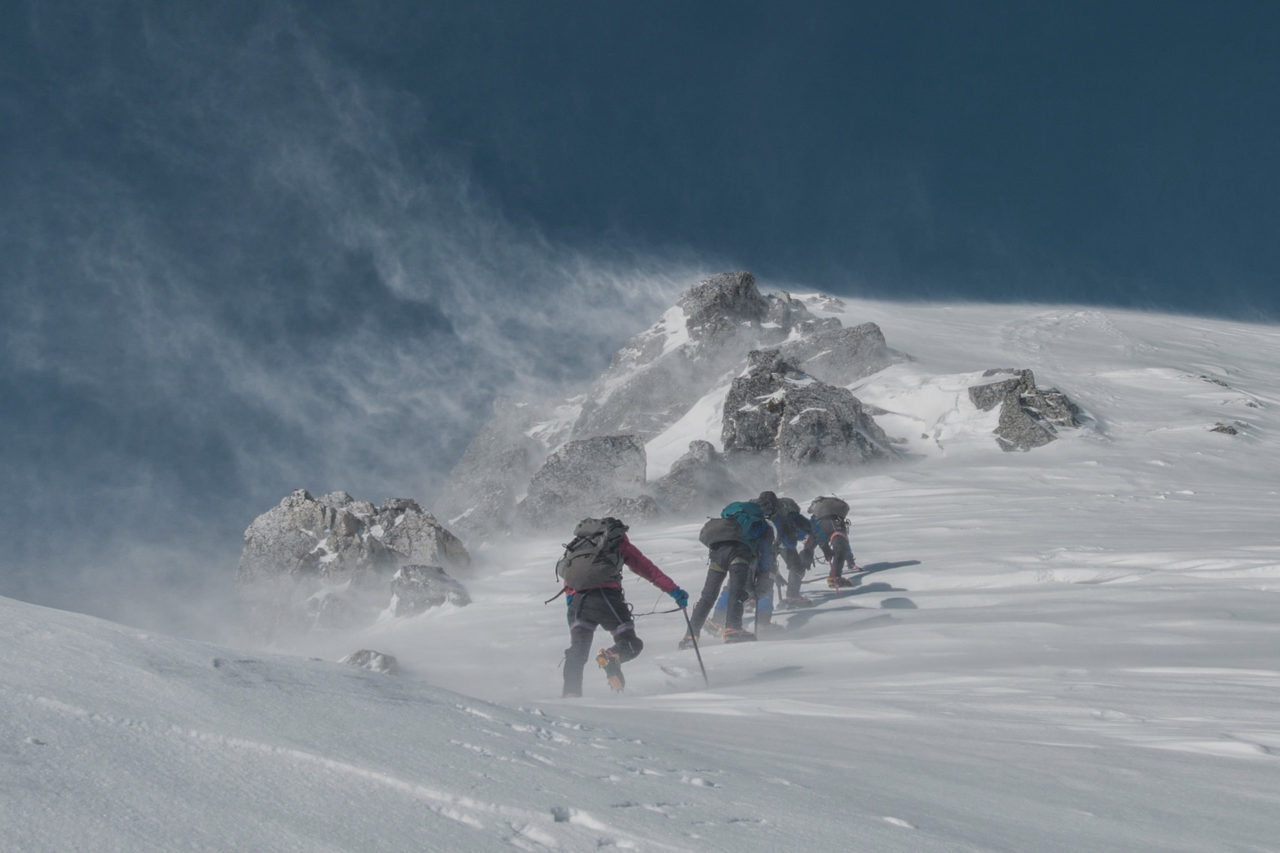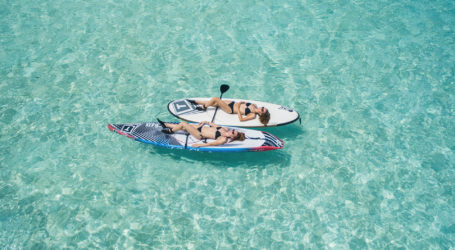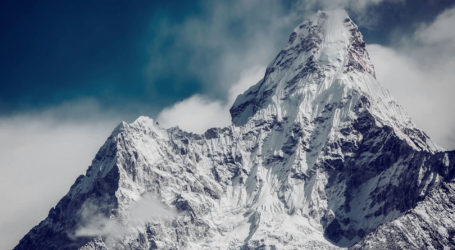Trekking in the Himalayas: how to do it
Since Nepal’s civil war ended in 2006, the number of trekkers visiting the Everest region has more than doubled to 35,000 a year. At the height of the season, around 60 flights land at Lukla airport each day. The Sherpa town of Namche Bazaar, the gateway to Everest base camp and used for altitude acclimatisation, now has better mobile coverage than much of Snowdonia. So if you go in peak season, expect a crowd. If you have a group of mates who all want to see Everest, most companies will organise a private tour.
World Expeditions is one of the biggest operators, running over 20 treks this year, with accommodation a mixture of camping and lodges on the classic standard trek to Everest base camp. An 18-day trek costs £1,650, which it can also arrange. Some of its autumn departures are already full, so hurry if you want to go in the diamond jubilee year of the first ascent.
If you prefer a bit more comfort, there are now two chains of luxury lodges on the way to base camp, Yeti Mountain Homes and Everest Summit Lodges. We’re not talking five-star spas here, but an en suite bathroom and a hot water bottle are a big step up from standard lodges.
Specialist trekking company Mountain Kingdoms offers a 19-day package starting at £2,245 that also offers nights at Kathmandu’s stunning heritage hotel, Dwarika’s.
If you’re looking to beat the crowds, trekking guide Bonny Masson has this advice: “If you’ve got the time, do the original trek the British expedition took in 1953.” This started in Kathmandu, but a bus will now take you to the end of the road just beyond the town of Jiri. The trail beyond is a tougher walk than the stages from Lukla, which most people now reach by air. “You’ll get a better slice of life in Solukhumbu and the trails are quieter.” Alternatively you can trek out of season, in December or February, when numbers are down and the trails are quieter. But you should be prepared for lower temperatures.
Adventurous types can trek to the little-visited east face of Everest inside Tibet via the Kama valley, one of the least known but most beautiful approaches to the world’s highest peak. Unlike the Nepalese side, this wild valley has hardly changed at all. In recent years, the visa situation in Tibet has been inconsistent, but that now seems to be settling down. KE Adventure Travel offers a 20-day trip out of Kathmandu, including nine days of trekking, for £2,995.
Gentle trekking
If trekking was developed for explorer types who see disaster as a welcome change of pace, then the industry has done a great deal to broaden its appeal. Young backpackers have been wandering around the foothills of Nepal’s Annapurna range for decades now, arriving in Pokhara by bus and surviving on next to nothing. World Expeditions offers an off-the-peg 11-day equivalent for newbie trekkers from £990, which takes in the pretty villages of Landruk and Ghandruk. You won’t sleep higher than 2,500 metres but you’ll still get stunning views of the Annapurna range and the colossal pyramid of Dhaulagiri, seventh-highest peak in the world.
The Mountain Company offers an 11-day beautiful village walk in India’s Kumaon mountains in Uttarakhand. You stay in basic but homely accommodation en route, on easy trails between villages, and end with a few days at the luxurious and very relaxing Himalayan retreat Shakti 360° Leti (a 10-night package including accommodation in Delhi is £2,576pp).
Once kids get over the initial shock of the idea that a walk can last for days, not hours, trekking can be a brilliant family trip option. Exodus offers a great itinerary in Ladakh for families that takes in visits to Tibetan monasteries, rafting on the Indus and a three-day trek that crosses the Sarmanchan La, a pass that reaches 3,750m. Prices start from £1,899, including flights, and the trip is suitable for ages eight plus.
Nepal is also a great place to take children, combining a trek with a visit to Chitwan national park, close to the border with India, where they can see wildlife and ride elephants. Steve Webster is a long-time resident of Nepal who runsEscape2Nepal, a small travel company specialising in “soft” adventures that are just right for children – its 15-day family adventure trip costs £1,720pp. He also has a quiet guesthouse, Shivapuri Heights, on the outskirts of Kathmandu, away from the ever-increasing noise of Thamel, the city’s tourist district.
Wild trekking
Although tourism in the Himalayas is changing fast, it’s still possible to do a big trek in the wildest landscape on Earth. These really are for the hardier trekker, with weeks of camping and a tolerance for serious walking and high altitude. In Pakistan’s spectacular Karakoram mountain range, there are fewer villages in the high mountains, and treks feel remote and exploratory.
The jewel in the crown is the trek to K2’s base camp, taking you past some of the most beautiful peaks you’ve probably never heard of, like the Trango Towers and Masherbrum, before reaching Concordia, the confluence of two mighty glaciers with spectacular views of K2 itself. It takes around 15 days, walking eight miles a day, to reach base camp and leave via the Gondoro La, a pass of over 5,400m, into the beautiful Hushe valley. Previous trekking experience is essential. KE Adventure offers a 22-day itinerary starting at £2,495.
While the Annapurna massif is as beautiful as ever, the construction of a road up the Kali Gandaki, the world’s deepest gorge, to link Pokhara with the Tibetan border, has abruptly terminated interest in trekking the well-established Annapurna circuit. No one wants to trek beside a road. A new road is also being driven on the eastern side of the massif, towards the village of Manang.
Luckily for Nepal’s trekking industry, the long and arduous trek around Manaslu, higher than Annapurna and just to its east, is plugging this self-inflicted wound. Mountain Kingdoms offers a slightly different route in the early part of this increasingly popular trek that makes each one of the 18 days it takes to loop around the Manaslu Circuit’s remote north side as culturally fascinating as it is spectacular. The trip costs £1,725 and is the perfect introduction to the wilder side of Himalayan trekking.
If those two aren’t enough for you, then consider the Great Himalayan Trail , which traverses the length of Nepal’s high mountains, broken down into 10 sections, each of which takes around two to three weeks. The Mountain Company is offering the first section – between the world’s third-highest mountain Kanchenjunga and Makalu – this October from £3,195.










